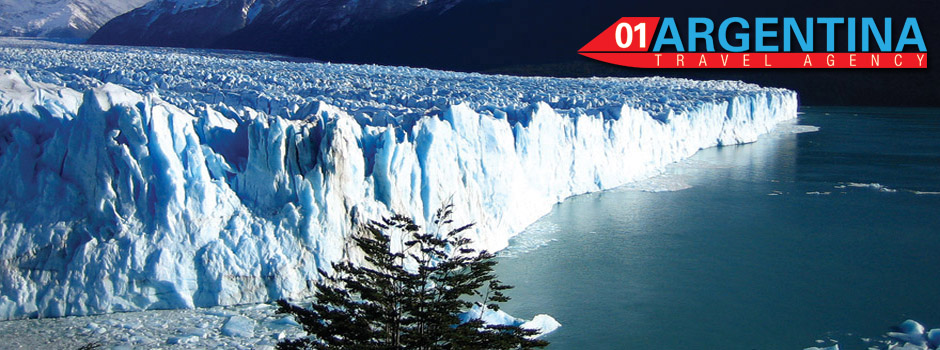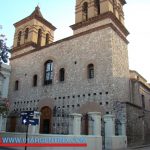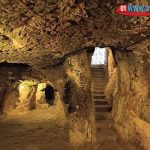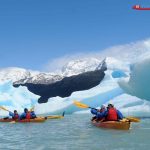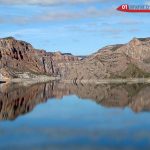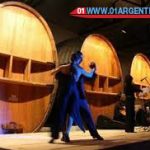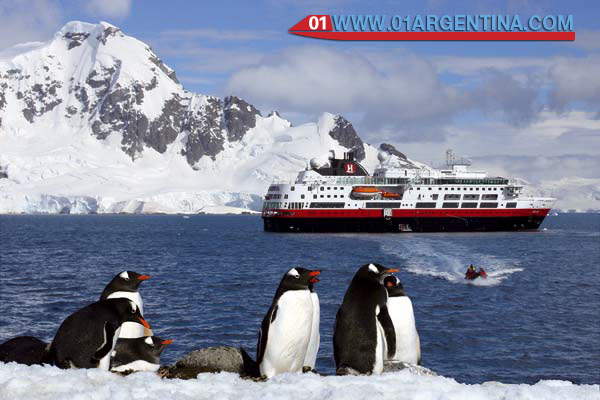
From the apples and dinosaurs in Neuquén and Rio Negro to the missionary forest or the gigantic Six thousand in Catamarca, thematic tours that tell stories and unite diverse geographies with towns and cities, parks and reserves. To walk and enjoy travelling in Argentina.
Route Wine (Mendoza)
Although there are also wine routes in Salta, Tucumán, La Rioja, Neuquén and San Juan, among other provinces, this oenological route reaches its maximum expression in Mendoza, one of the most important producing regions of the world, with its capital as part of the Select group “Great wine capitals”.
With more than 100 wineries in its four wine regions -Centro, Este, Valle de Uco and Sur-, Mendoza offers everything for the wine lover: old cellars transformed into a museum – like La Rural -, others with super modern structures and incredible views To the mountain -Septima, O. Fournier or Vistandes, among others-, luxury accommodations among the vineyards, spas with specialized treatments -Caves Wine Lodge, Entre Cielos, Park Hyatt, etc.-, golf courses among the vineyards -Tupungato Winelands, in the Uco Valley, or Algodón Real Estate in San Rafael – and even complete art galleries, such as the Killka space in the Salentein winery.
From wines such as Terrazas de los Andes to proposals that include tours of olive oil and lunches in steps married with different strains, Mendoza has developed like no other wine tourism. You can ride horses, ride the vineyards by bicycle, in old cars or in carriages, and even fly them in a hot air balloon.
Jungle Trail (Missions)
A circuit through the territory of the ancient Guaraní culture, between the red earth and the Parana River, with Jesuit ruins, waterfalls, estancias, historical landmarks and natural reserves. There are 300 km between Posadas and Puerto Iguazú, passing by the Rock of Teyú Cuaré; Candelaria – where Manuel Belgrano came in 1810 during his military expedition to Paraguay; The Ruins of San Ignacio and the deposits of semiprecious stones mines of Wanda, to culminate in the Iguazú Falls.
A tour that constantly invites you to detour and try the undulating paths in the red earth of Misiones, green mountains and streams, and which is combined with three other circuits typical of the area: the Yerba Mate Route – which invites to know plantations, Establishments producing yerba, dryers and the Museo del Mate-; The Jesuit Route -with the ruins and the La Cruz Theme Park, with its 82-meter-high iron cross, among other sites- and the Guaraní footprint, along the provincial route 15, between El Soberbio and Fracan.
Blue Route (Chubut / Santa Cruz)
Great landscapes and a spectacular fauna demonstration, in a route that follows the course of the National Route 3 from Camarones, in the south of Chubut, to Río Gallegos, in the southeast of Santa Cruz, and that could well be called “The route of the Sea “, because almost the whole circuit is looking at the ocean.
A little more than 1,000 km connecting sites such as the Patagonia Austral marine parks – on Cabo Dos Bahías, north margin of the San Jorge Gulf -, Penguin Island – with the only continental reserve of Magellan penguins -, the Makenke reserve – San Julián – and the Monte León National Park – south of Puerto Santa Cruz – as well as the estuary of Puerto Deseado, which marveled at Charles Darwin himself, the Jaramillo petrified forest and the Rada Tilly beach and loby, among many others others. A tour that allows to see a great variety of birds, wolves and elephant seals, dolphins, dolphins, orcas and whales, according to the time, besides guanacos, choiques and hares.
Routes of las Pulperías (Pcia. de Buenos Aires)
San Antonio de Areco, San Andrés de Giles, San Pedro, Baradero, Navarro, Azul, Cañuelas… Son muchos los sitios de la Provincia de Buenos Aires en los que antiguas pulperías resisten el paso del tiempo y cuentan historias que vale la pena conocer, de cuando eran el centro del comercio de los pueblos –todo lo que se necesitaba estaba allí: comida, bebidas, velas, carbón, remedios– y el centro de la vida social, donde todos se encontraban a ponerse al tanto de las novedades o a jugar al truco con un vermú.
Algunos ejemplos: el Almacén de Mogiardini en Paraje Barrientos, cerca de la laguna de Lobos, no lejos de La Protegida, en Navarro, donde también están La Media Luna y El Recreo. Pero hay muchas: San Gervasio, en Azul; Los Principios, Bessonart o San Martín, en San Antonio de Areco, Beladrich en San Pedro, El Torito en Baradero, y las “súper famosas”, como La Blanqueada, en San Antonio de Areco, que aparece en “Don Segundo Sombra” y fue declarada Monumento Histórico y convertida en museo. O la pulpería de Cacho, en Mercedes, construida en 1830 con su mostrador de estaño y madera y una gran salamandra.
Routes of the Estancias Jesuíticas (Córdoba)
Un circuito por el centro de la capital y cinco establecimientos rurales conforman el recorrido por el legado que dejó la orden religiosa de la Compañía de Jesús y por leyendas y vestigios de una buena parte de la historia del siglo XVII (los jesuitas llegaron a Córdoba en 1599 y fueron expulsados en 1767).
El “Camino de las Estancias Jesuíticas” es un itinerario turístico cultural que suele iniciarse en la Manzana Jesuítica de Córdoba, un conjunto de edificios que incluye, entre otros, la Iglesia de la Compañía, el antiguo Rectorado de la Universidad Nacional de Córdoba, la Biblioteca Mayor y el Colegio Nacional de Monserrat.
En Colonia Caroya, a 46 km de la capital, está la Estancia de Caroya, primer establecimiento rural organizado por la orden, en 1616, que conserva su estructura colonial. El segundo núcleo productivo del sistema fue la Estancia de Jesús María, construida desde 1618 y que se encuentra al Noroeste de Jesús María. Otras son la Estancia de Santa Catalina, iniciada por los jesuitas a partir de 1622 y que cuenta con el mayor conjunto edificado por la Compañía fuera de Córdoba capital, declarado Monumento Histórico; la Estancia de Alta Gracia (1643), en el corazón de esa ciudad; y la de La Candelaria (de la Compañía a partir de 1683), en plenas sierras, 230 km al noroeste de la capital.
